Samsung Galaxy M31s is the latest smartphone from Samsung in India and is the successor of Galaxy M31 launched earlier this year. This time, Samsung has upgraded the cameras on M31s with new Sony IMX682 sensor. Here is the detailed camera review of Galaxy M31s. The new Galaxy M31s improves on the previous M31 launched earlier this year. Galaxy M31s comes with a quad-camera set up with a 64MP primary camera and also a 32MP selfie camera. So let’s dive deep into the camera to see how it performs.
Camera Hardware:
In terms of camera hardware, it sports a quad rear camera with 64MP primary camera with F/1.8 aperture and Sony IMX682 sensor. This is definitely a big upgrade in terms of the sensor. You also get a 12MP Ultra Wide-angle Lens and 5MP depth sensor and a 5MP macro sensor. There is also an LED flash included.
The front camera is a 32MP camera with an f/2.2 aperture. So let’s find out how the camera performs.
Video Quality:
Here is the video review of the Galaxy M31s.
First, let’s have a look at the video quality. The phone can shoot videos in 4k at 30fps. The quality of the video is quite good. The colors are vivid and it offers EIS which is quite stable. One of the inherent problems with Samsung budget phones is the focus hunting issue in video and it is seen even in the M31s 4k sample. The phone can shoot videos in 1080p resolution at 30fps and the quality looks good again. But here the focus hunting is more predominant and it makes the overall quality bad even with good colors and stabilization. The video is also pretty sharp and detailed.
the phone can also shoot ultra wide-angle video and here you can see that the contrast seems to have messed up and video looks average. The colors are quite good.
It also comes with super stabilization mode and here again the quality wasn’t as good as regular videos. The phone does not offer 4K and 1080 at 60fps.
M31s also can record slow-motion videos in 720p and the quality is good. There is also a super slow motion available on the phone.
Camera Samples:
Moving to the photos, the daylight shots taken with the 64MP camera came out pretty good. The shift from Samsung sensor to Sony IMX682 is pretty evident with good details, sharp images and colors are also vibrant. The images predominantly have cooler tones which many would like. While the colors are vivid, it also has a tendency to saturate, but overall people would still love the cooler colors employed. There is auto HDR mode available and the dynamic range is very good and it resolves shadows very well. There is definitely a great improvement in the camera performance in daylight with the new sensor.
The 12MP ultra wide-angle shots came out pretty good again. While it is not as good as the primary camera, it does produce decent results that are usable. The sharpness levels are also quite acceptable and colors are also good.
The close-up shots taken with the camera were good and it had good details and sharpness levels. While it does tend to saturate a bit, the colors aren’t bad. The focusing speed was a bit too slow and we had to manually tap to focus at times. The phone has a 5MP macro sensor available and here again, the macro sensor is slightly disappointing with washed-out colors, it has good details and sharpness levels.
Moving to portrait shots, we felt that portraits are quite good but inconsistent in terms of sharpness. Out of all the portraits we took, almost half of them were soft lacking sharpness. But when it gets it correct, the portraits are good, with good edge detection as well. The colors are once again good.
Next moving to low light captures. With the f/1.8 aperture and IMX682 sensor, it is expected to perform well. In indoor lighting conditions, it produces good results with bright images, but a bit of noise too. The colors are mostly good and do a good job. But when lights drop further and in extremely low light, images turned out to be noisy and details are lacking. This is where the night mode steps in and produces better results. But in night mode you need to be extra careful to hold the phone steady as we ended up with a lot of blurry captures. Overall, we feel there is room for improvement in the low light conditions especially when we are talking about a 20k priced smartphone.
Moving to the selfie camera, the 32MP shooter can shoot some good selfies with good details. The dynamic range is also very good. The skin tones are also quite good. We turned off the beauty mode since we like selfies without beauty. Since selfies are more of personal choice you can judge based on the clarity. The phone also comes with portrait mode and here again the edge detection is decent and it did have a few misses.
Verdict:
So summing up, how good is the Galaxy M31s in terms of the camera? The Galaxy M31s definitely has an improved camera compared to M31 with the new Sony sensor in place. It has good colors, good sharpness, and good selfies as well. The areas of improvement are low light and also video recording where the focus hunting issue has been there for quite some time.

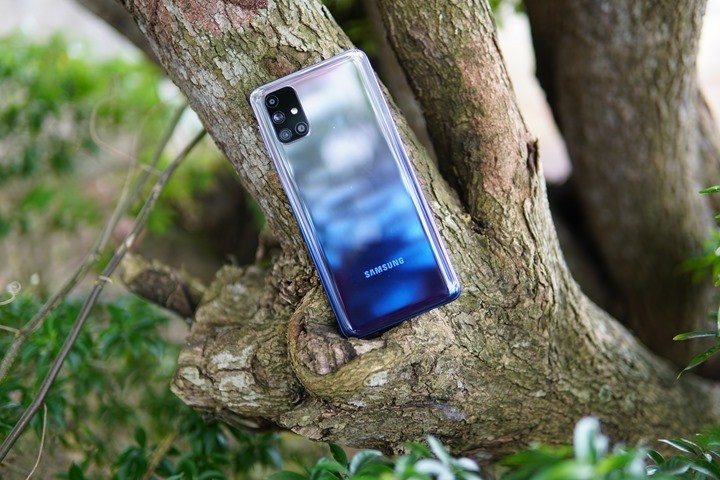
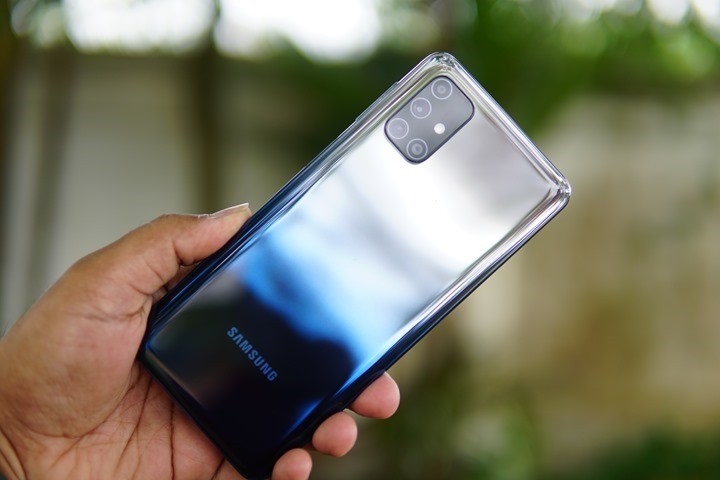
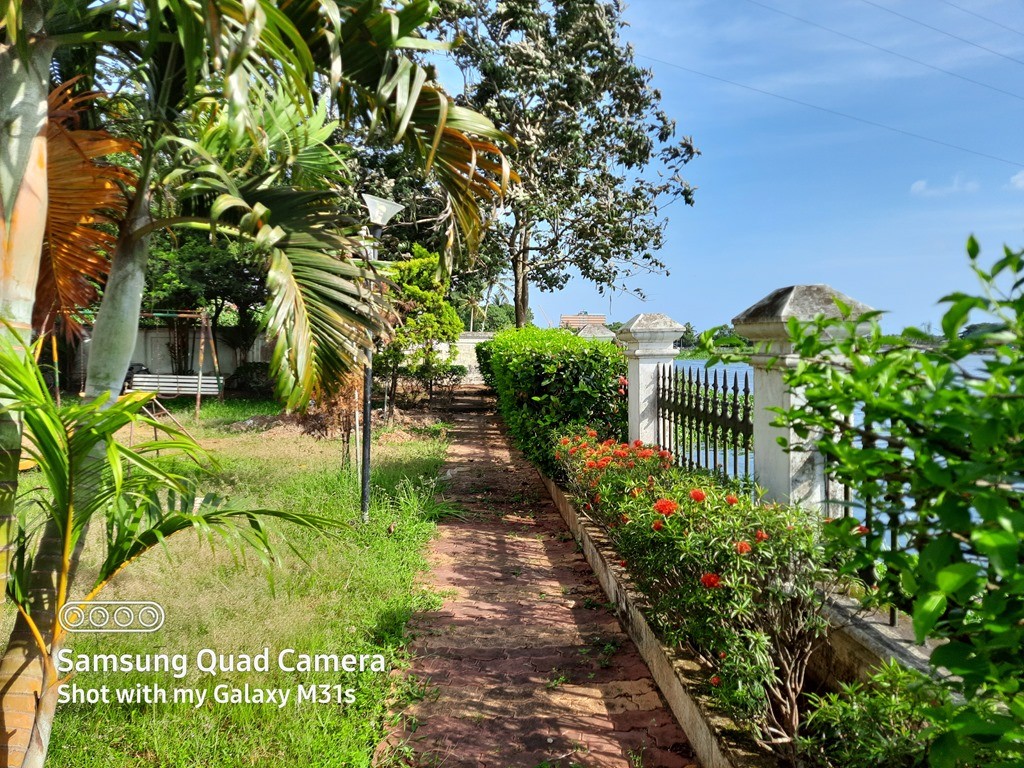

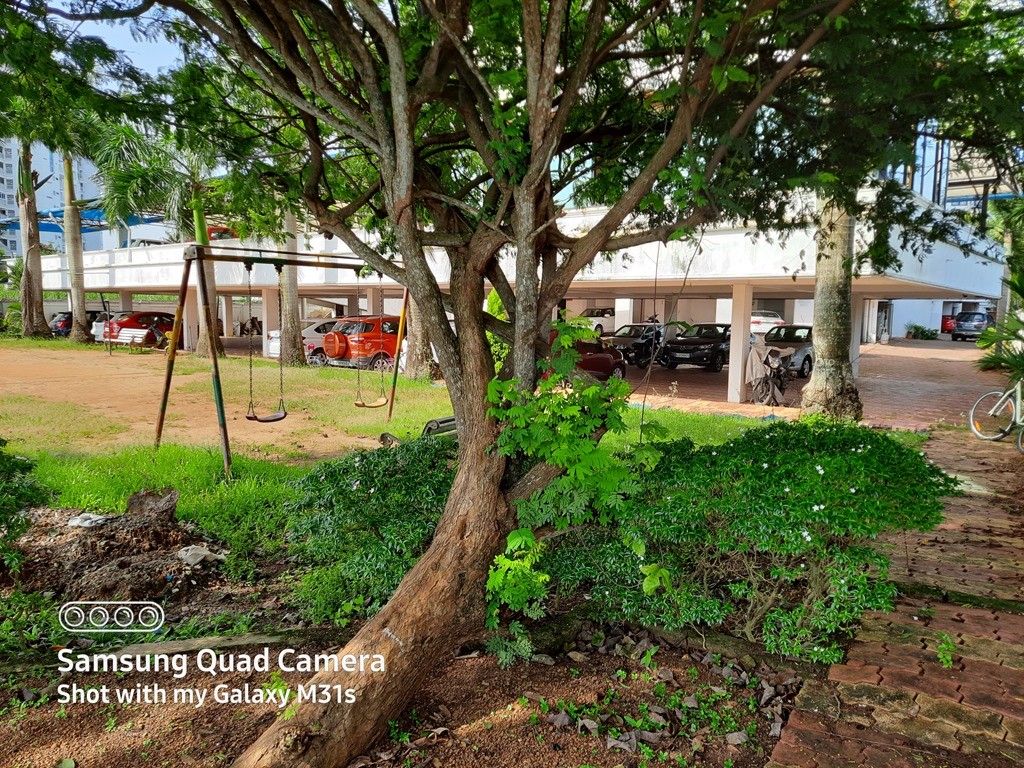
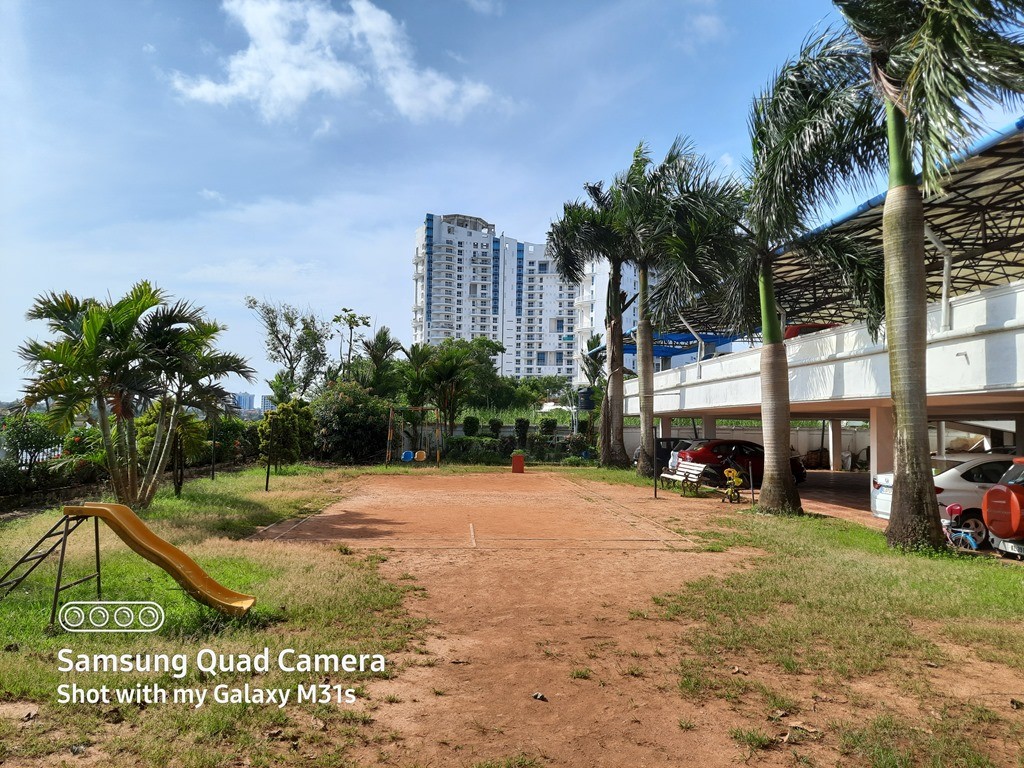


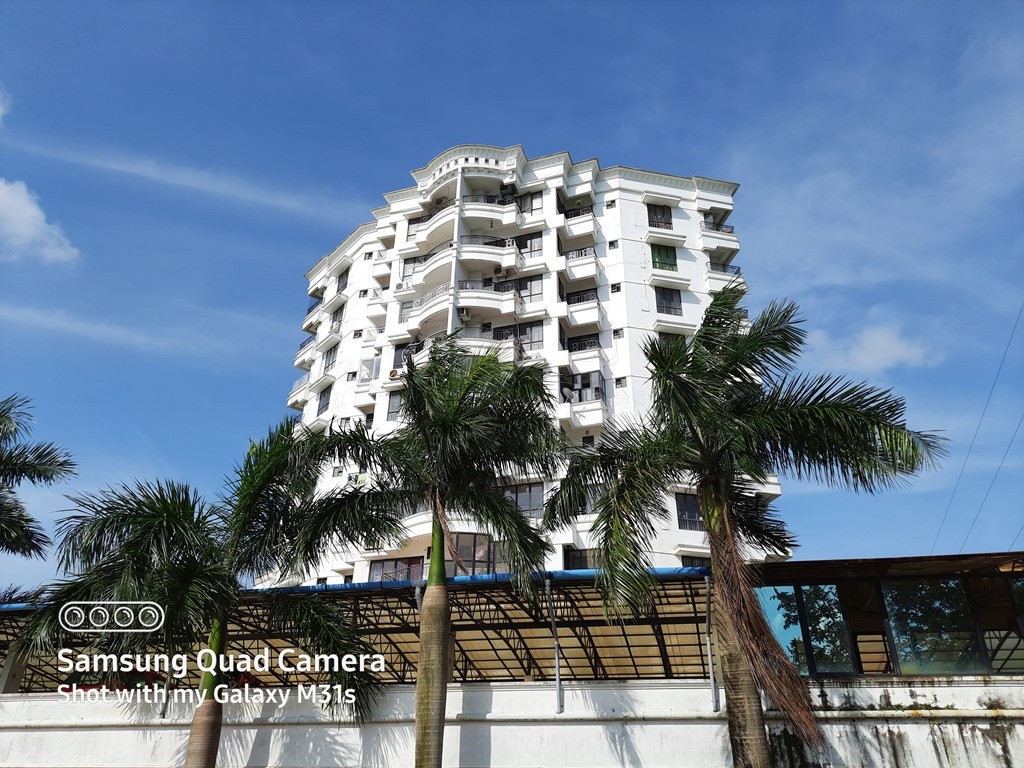
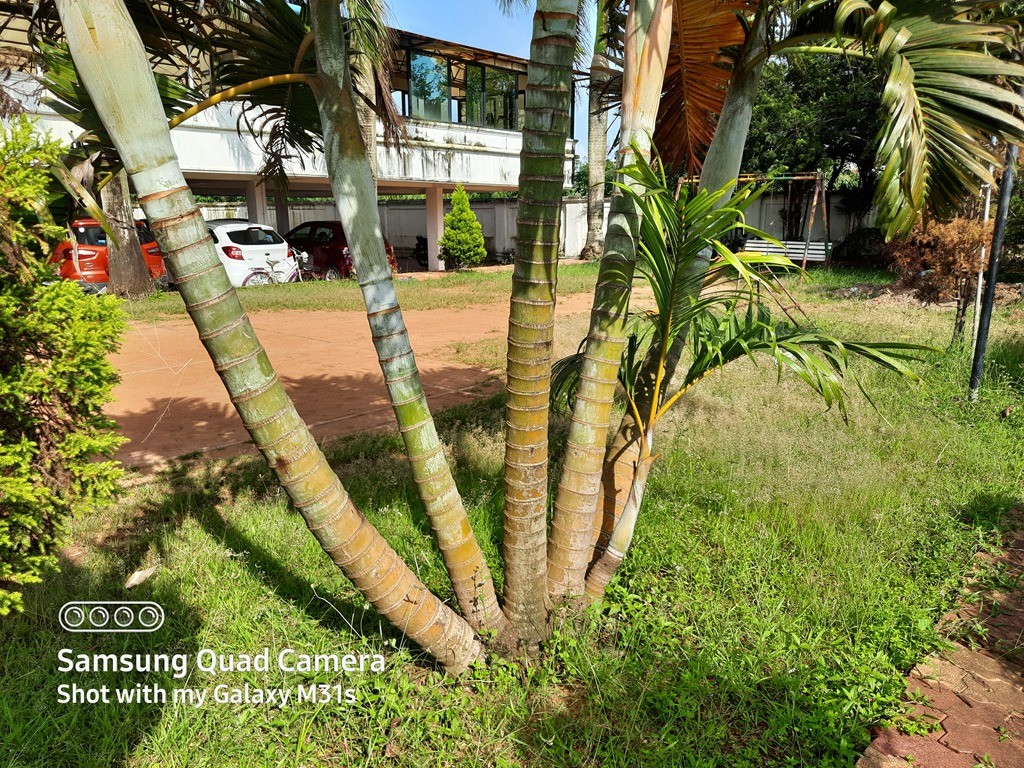
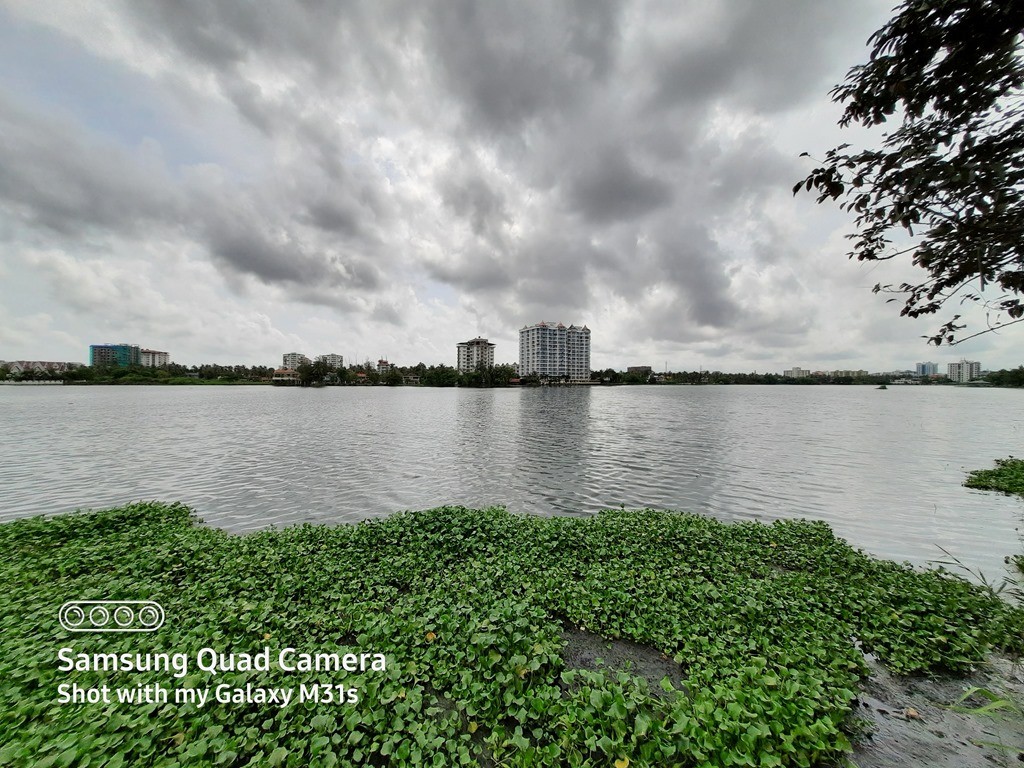

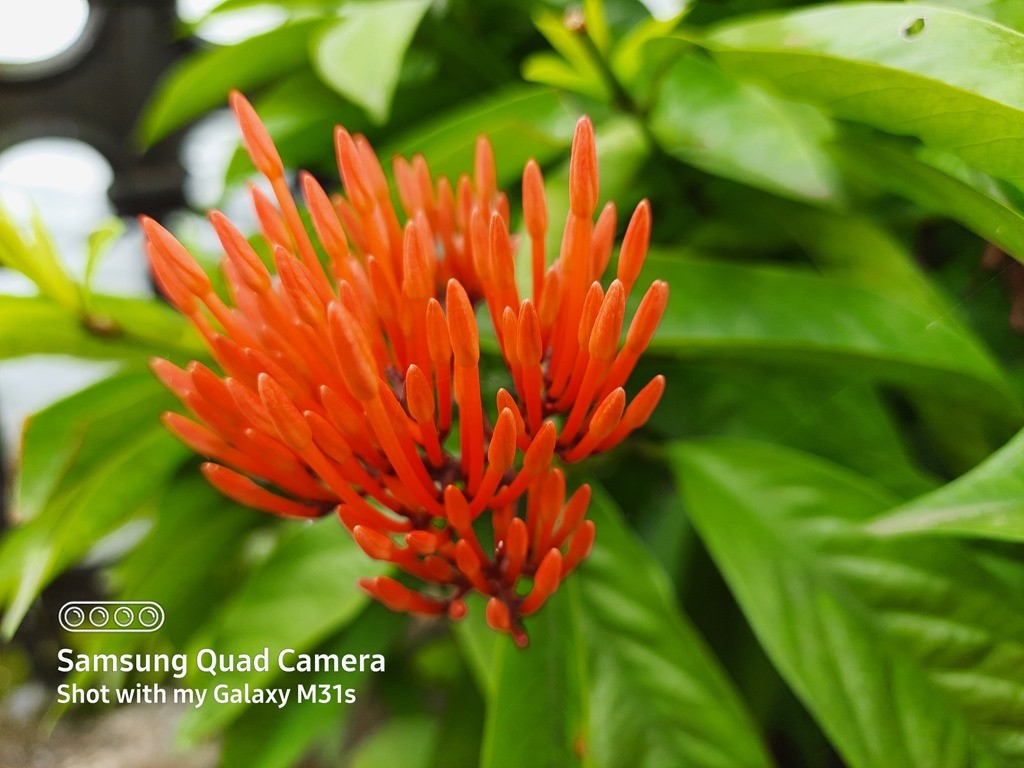
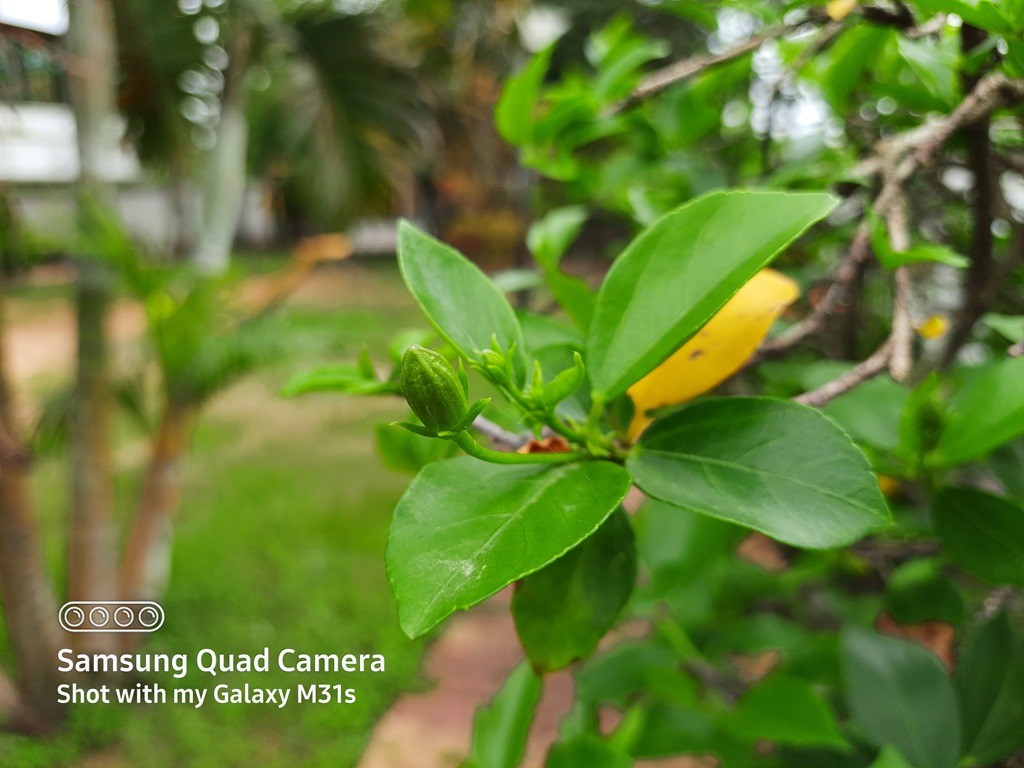
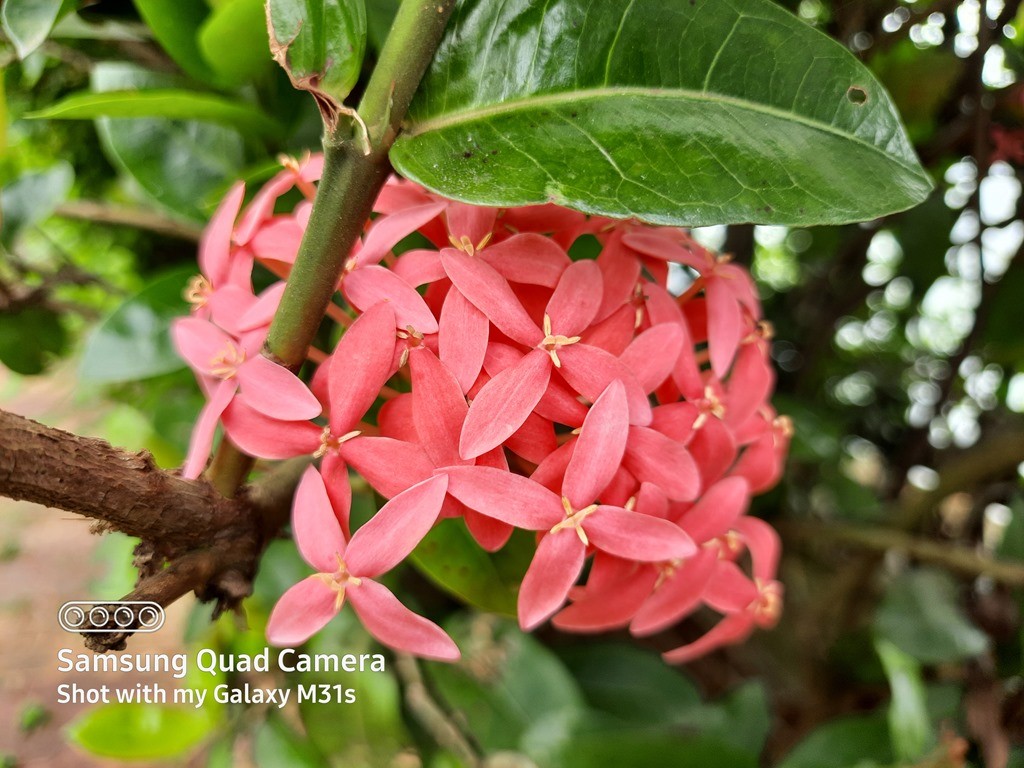
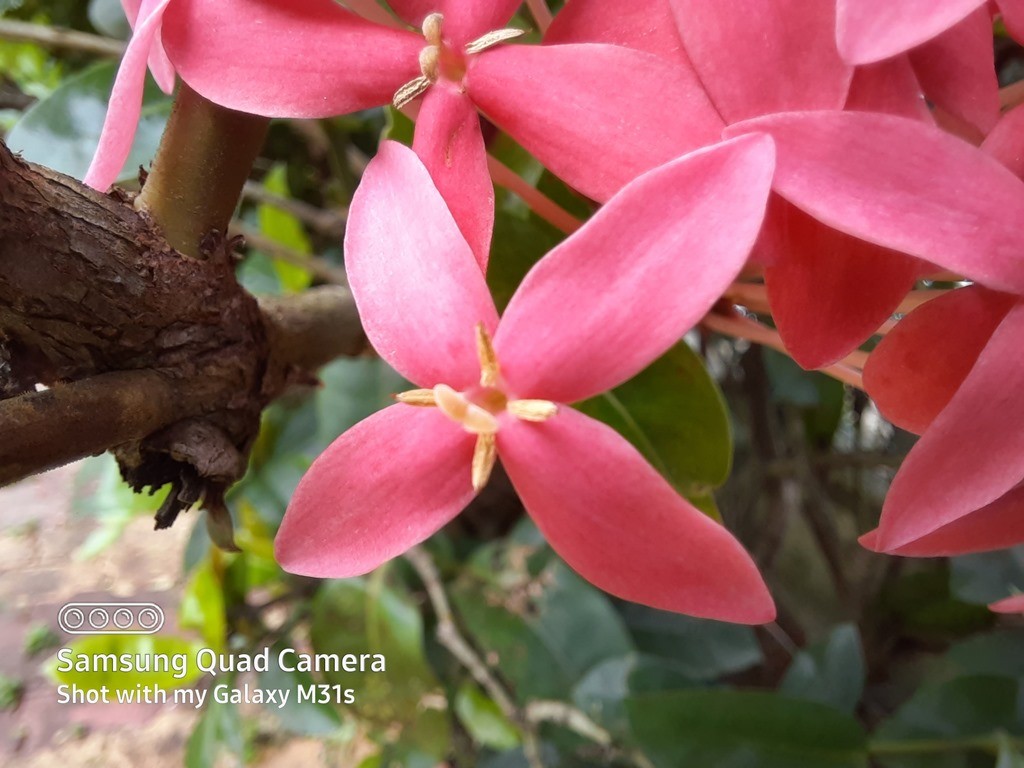
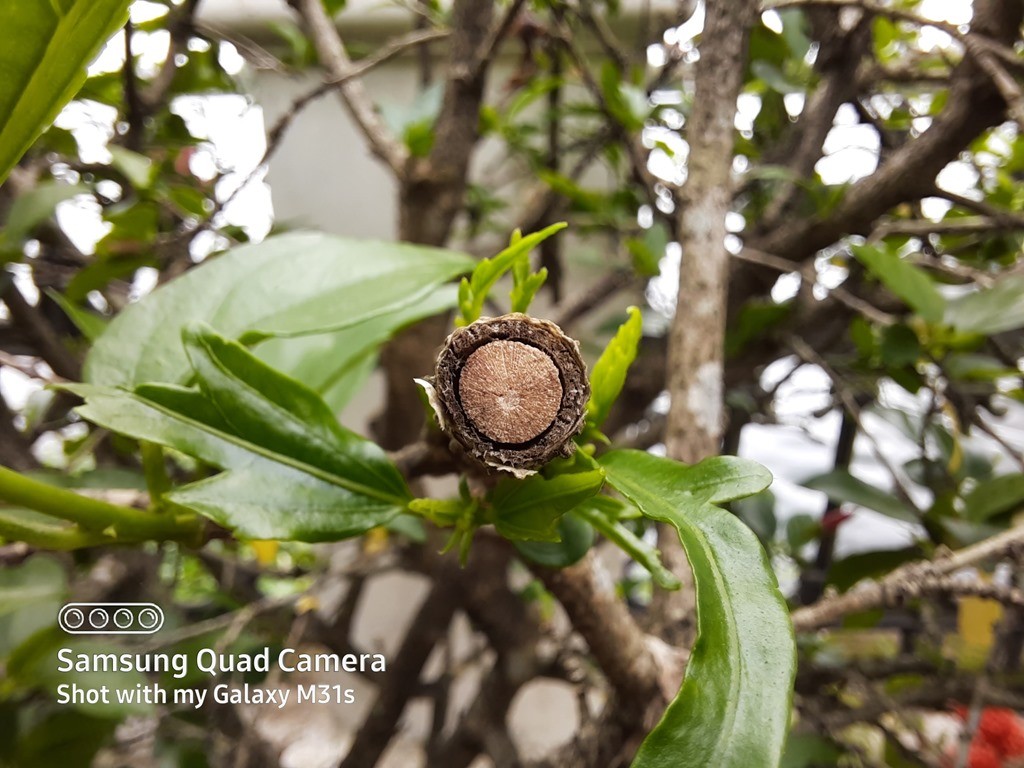
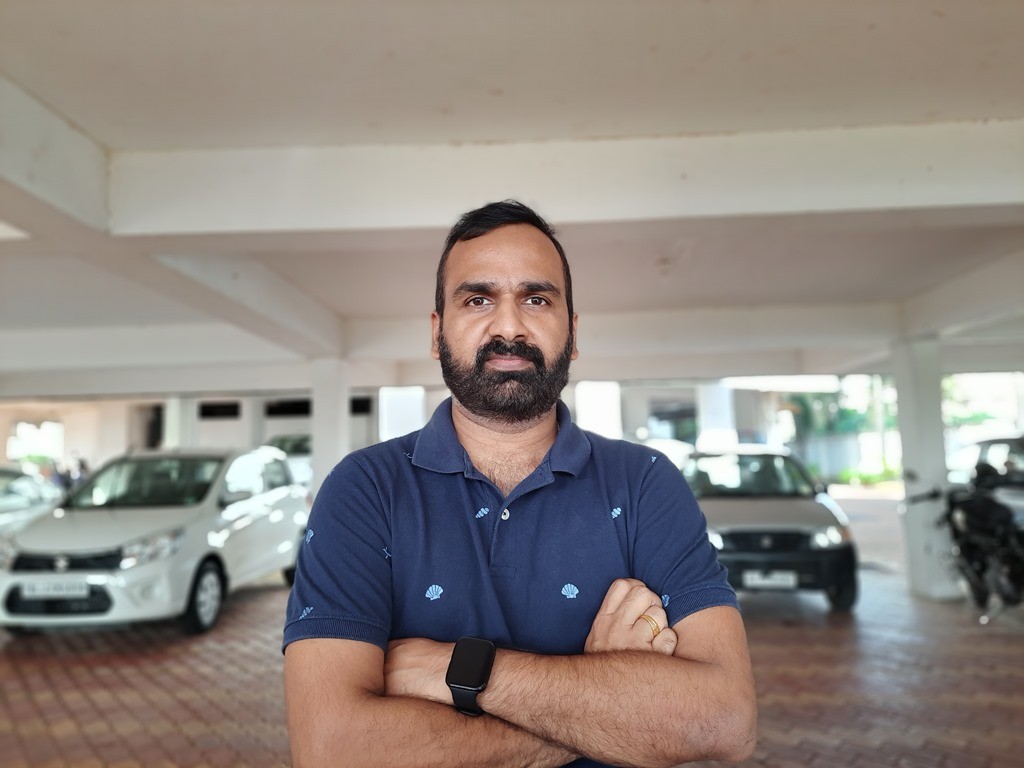
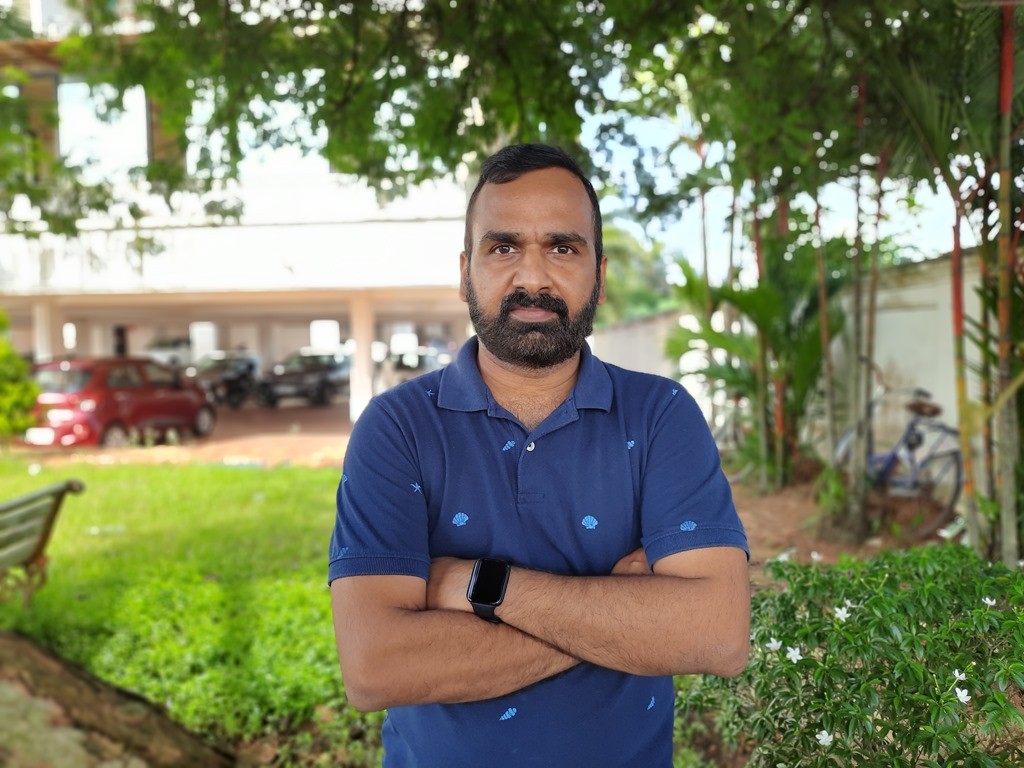
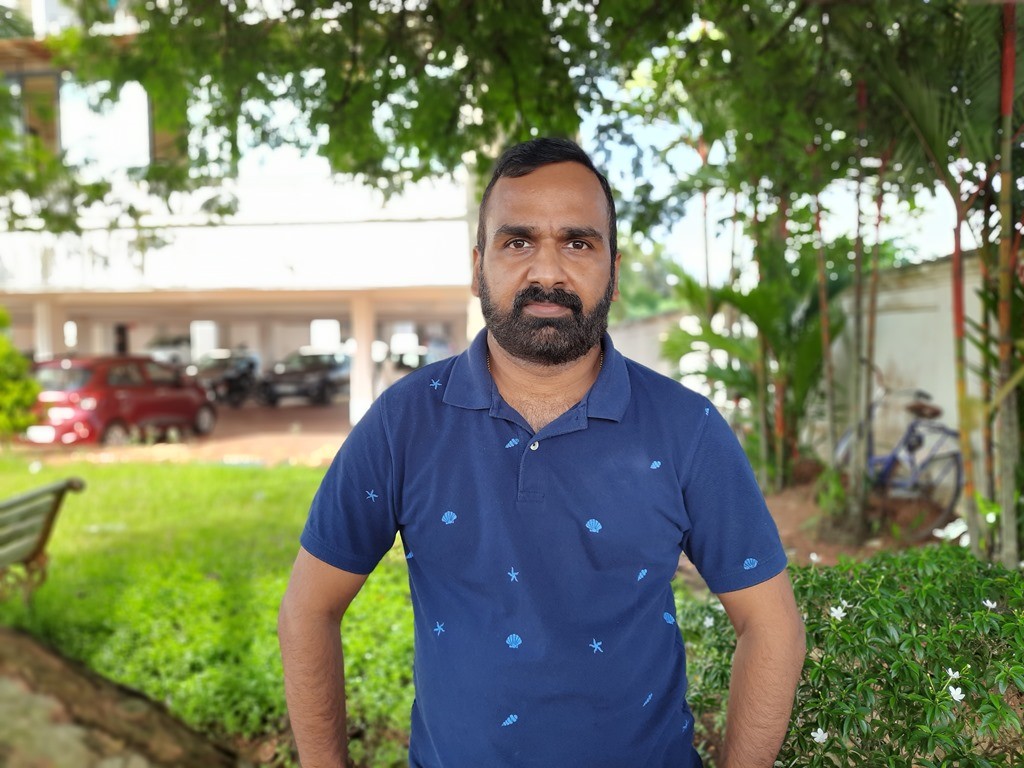
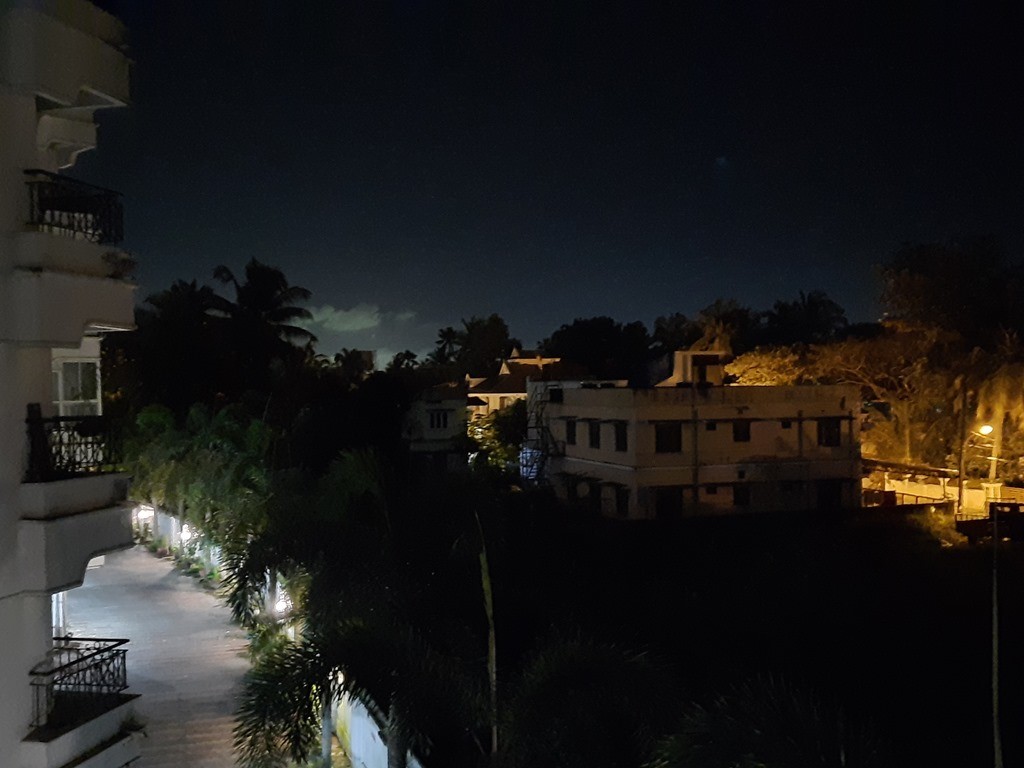
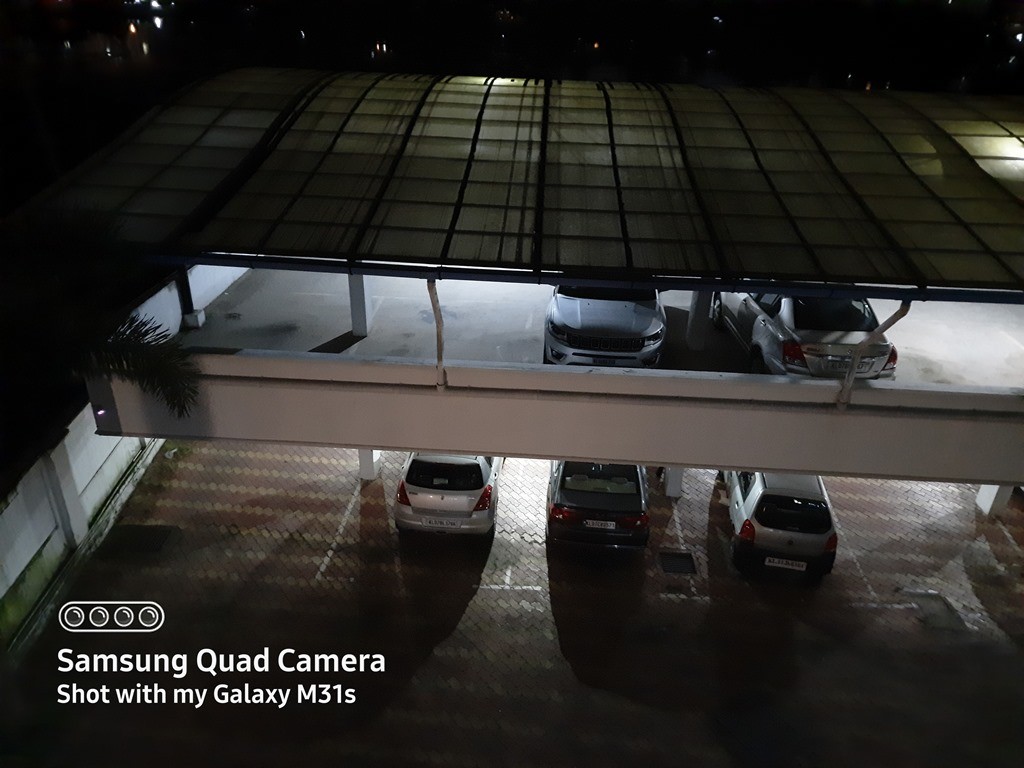
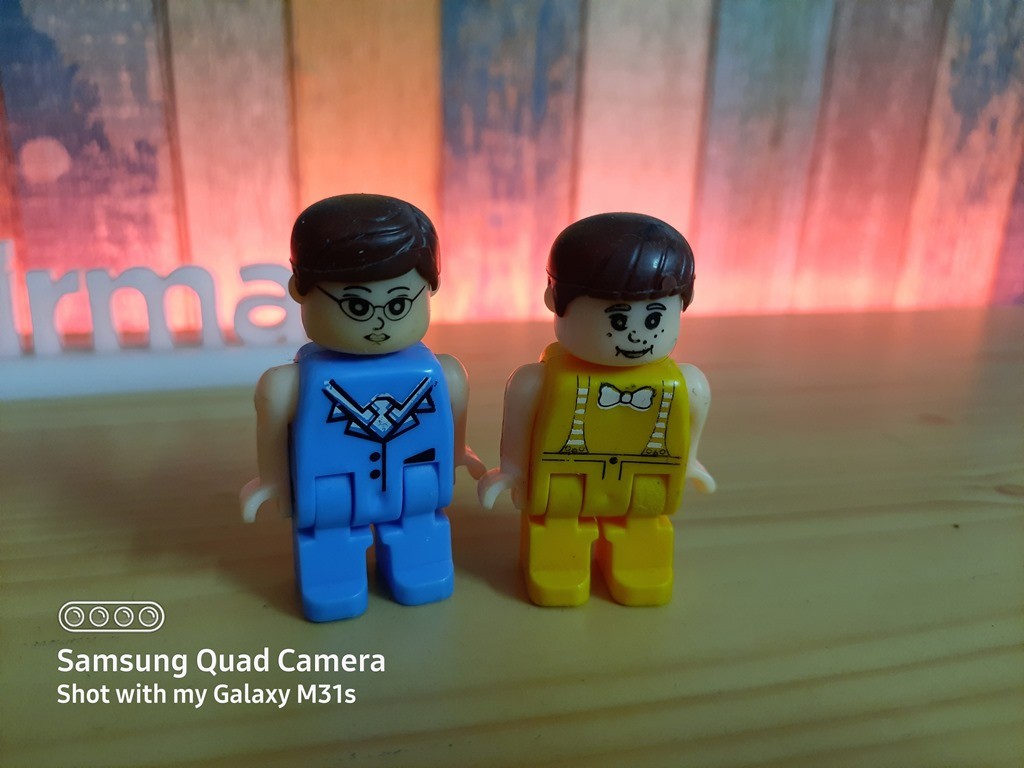
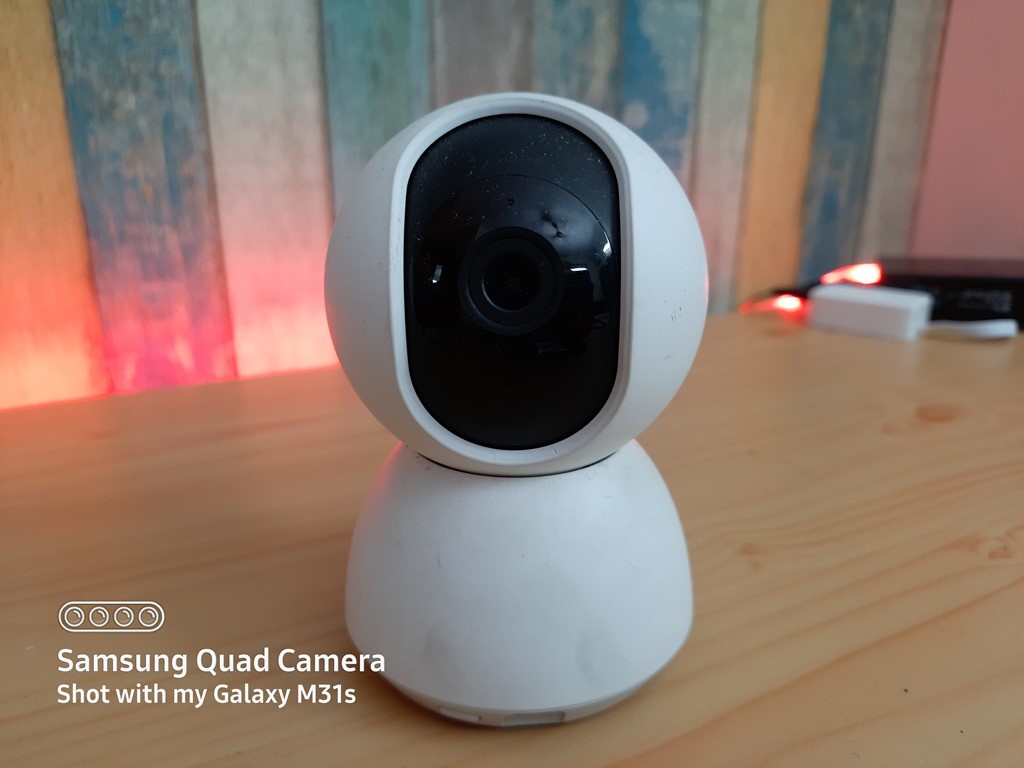
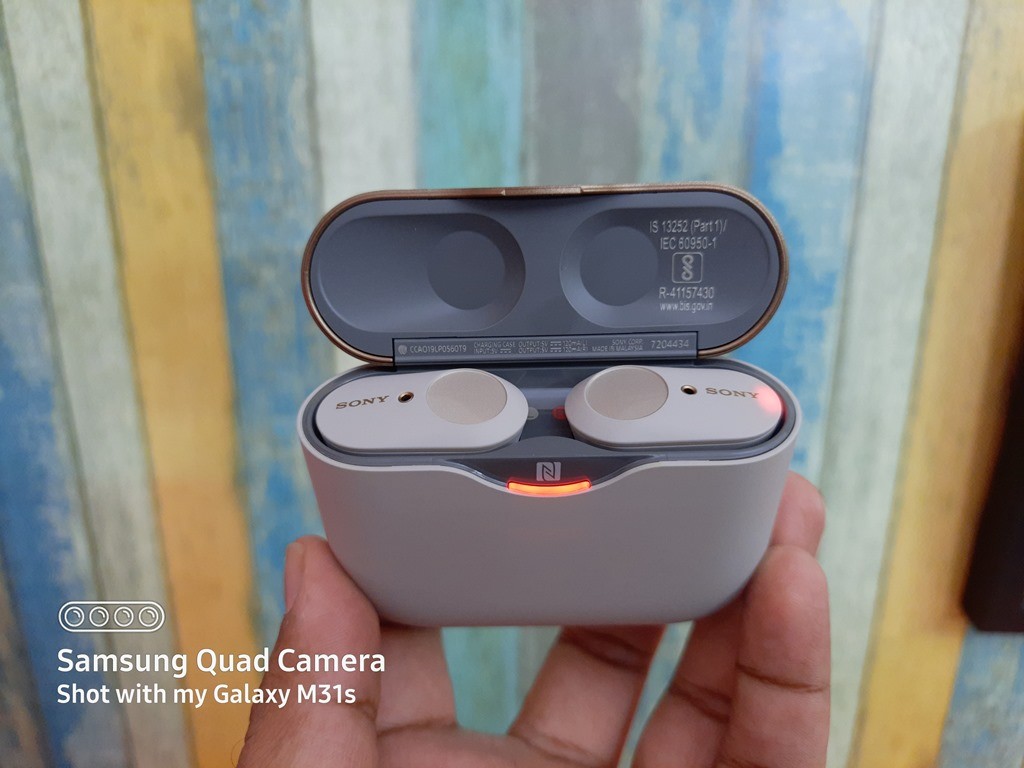
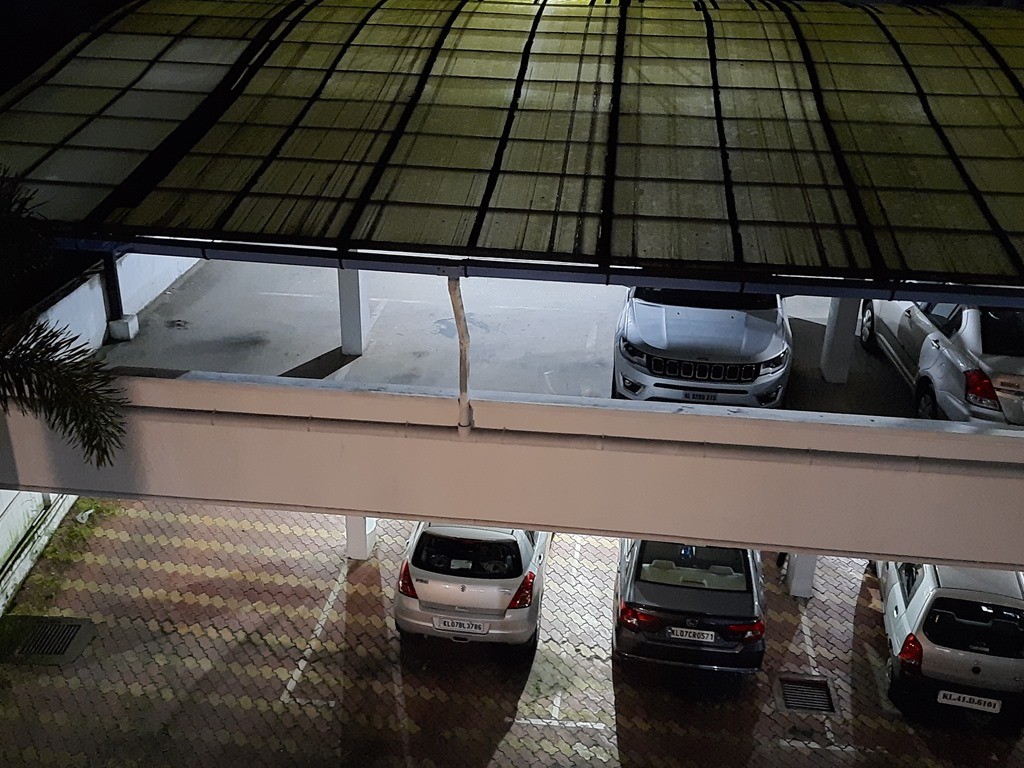
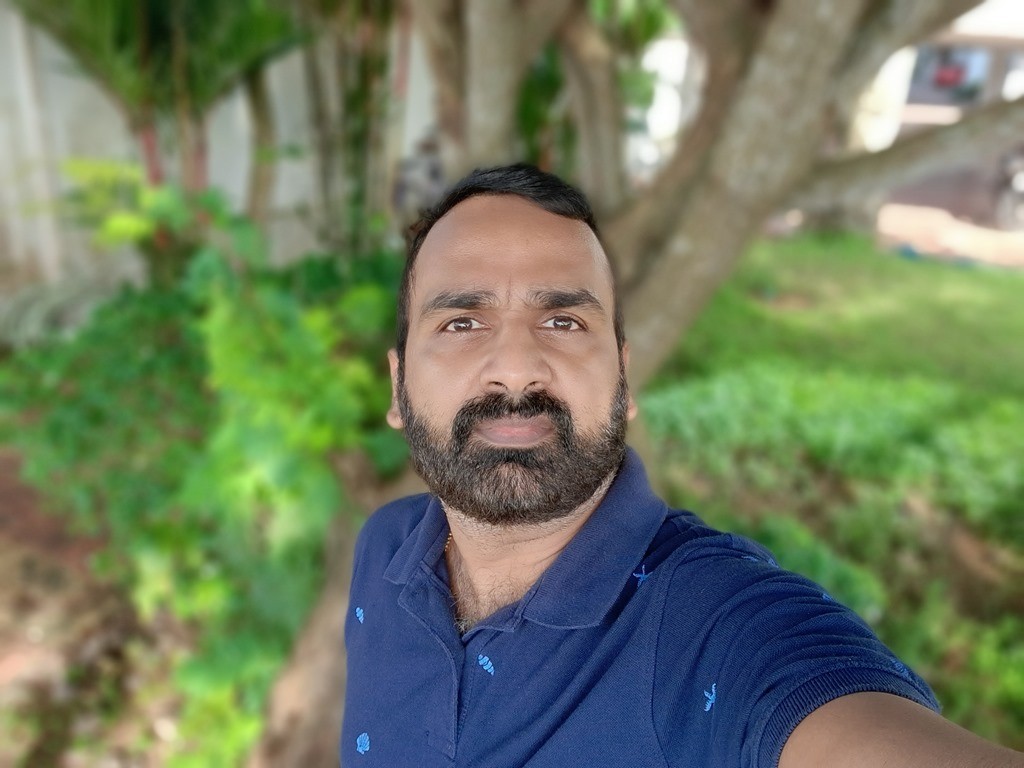
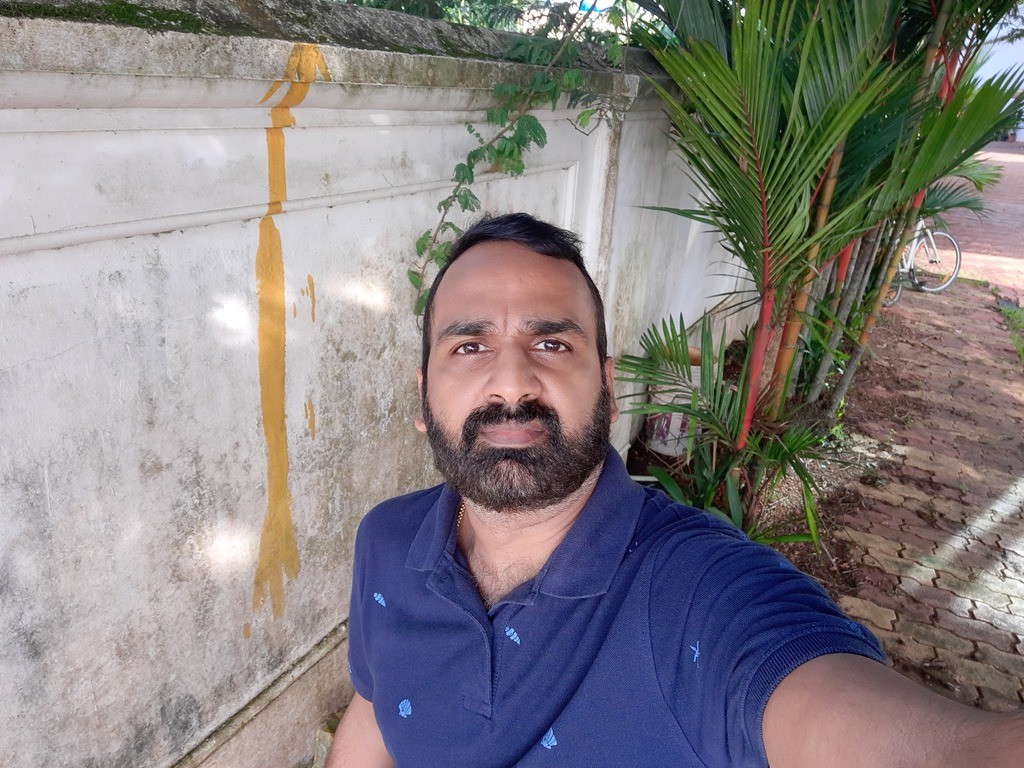
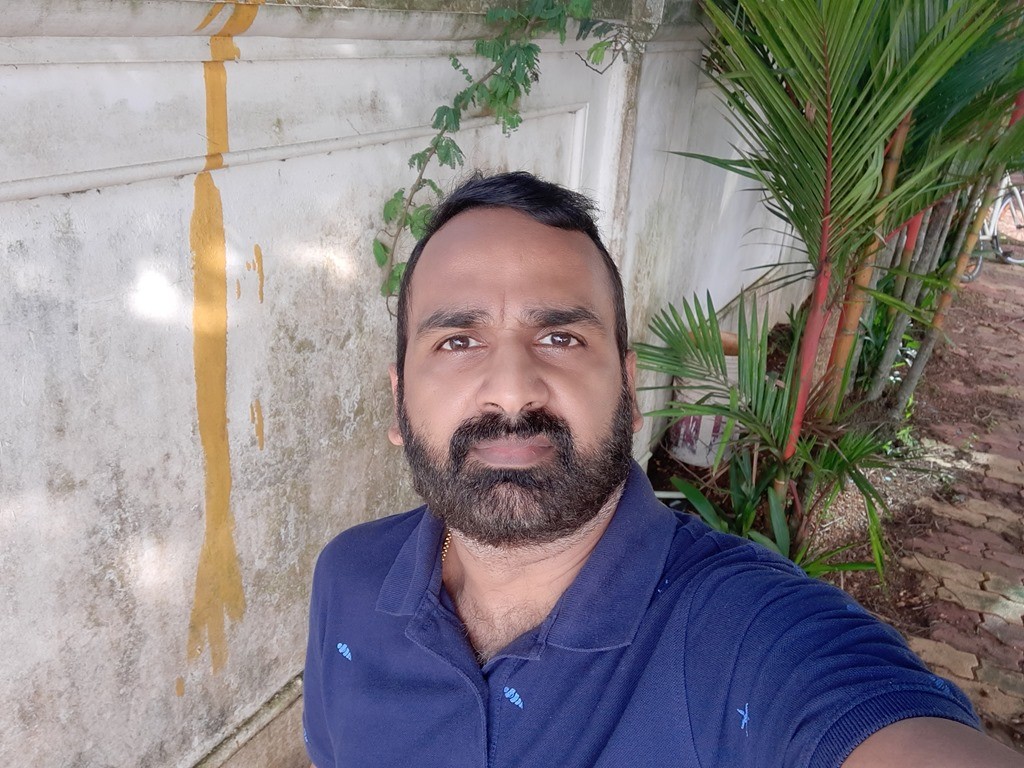
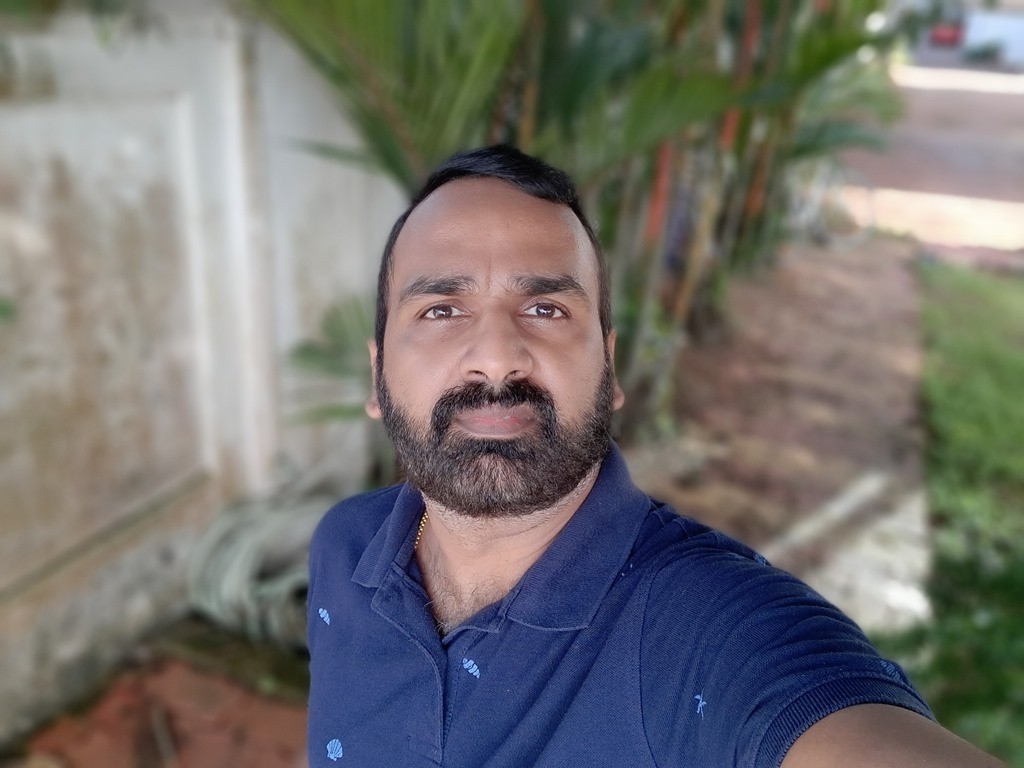
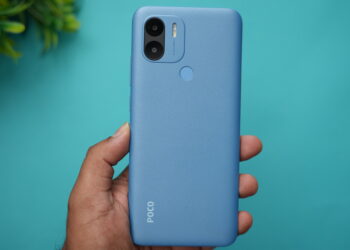
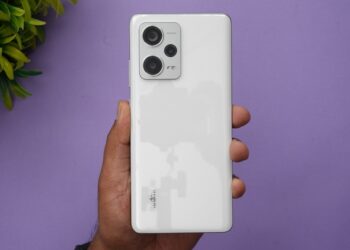
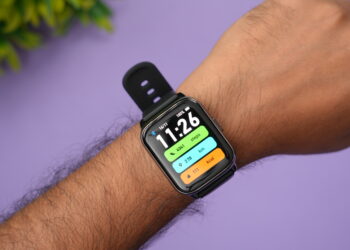
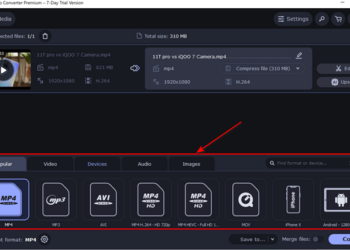


Thank you and congratulations on your review, it is very complete!
But, what is your opinion about the value of the macro camera? Samsung ads give the imply it would work as a zoom feature (getting things closer) when a macro camera should magnify CLOSE things…
My problem is: here in Brazil, although with a tight budget (the dollar is skyrocketing!), We can choose between M31 and M21s (basically, an F41 with only 4 GB of RAM). That is: a difference of 90USD for 2 GB of RAM, 64 GB of internal storage and the macro camera.
I can estimate the value of RAM and internal storage. But since you could test it, what do you think of the macro camera? Is it something that the average person would use often or is it something that only professional artists or photographers would take advantage of?
Any help will be very appreciated!